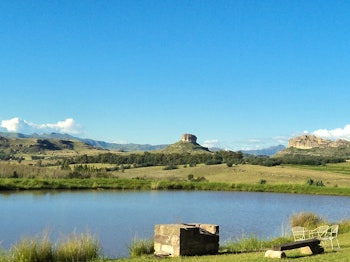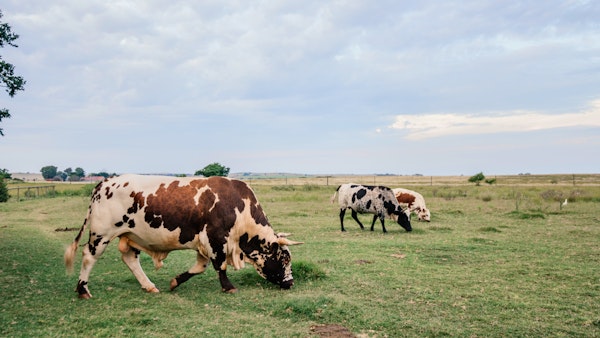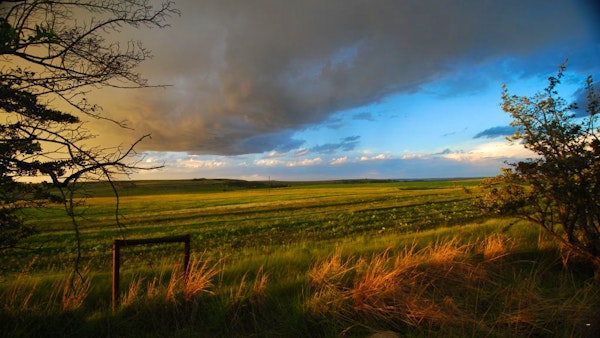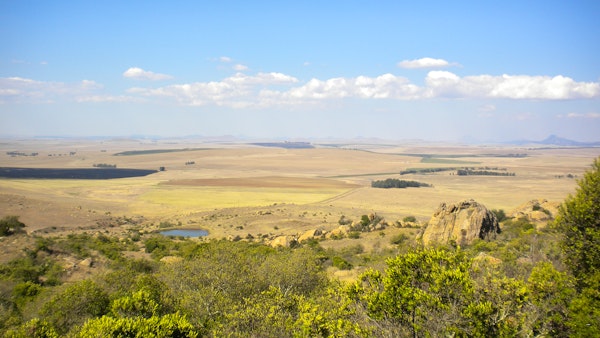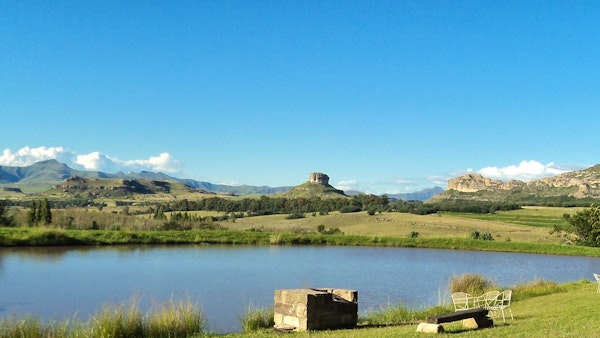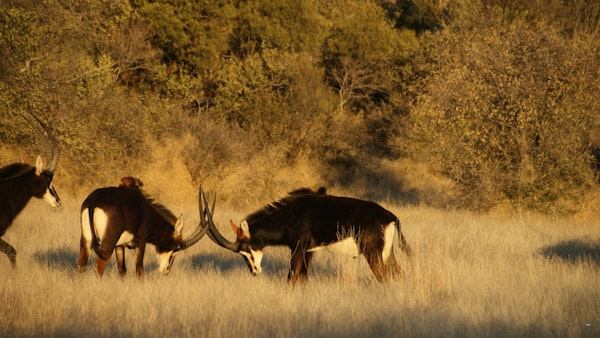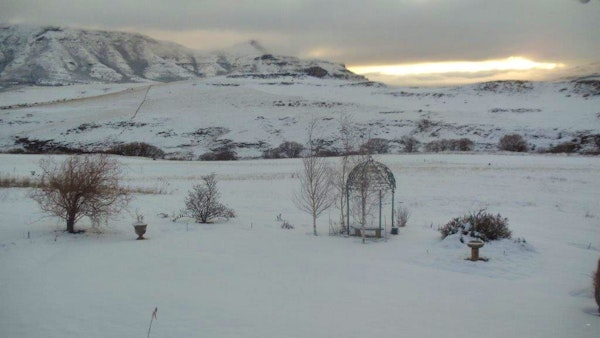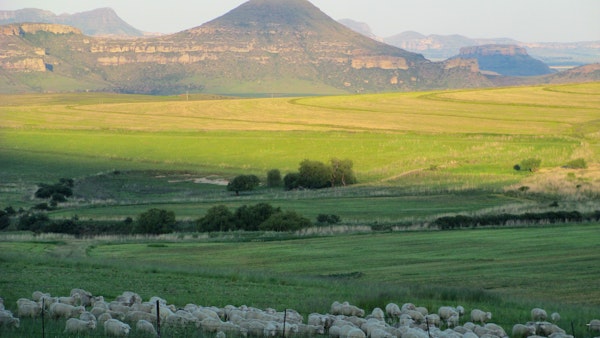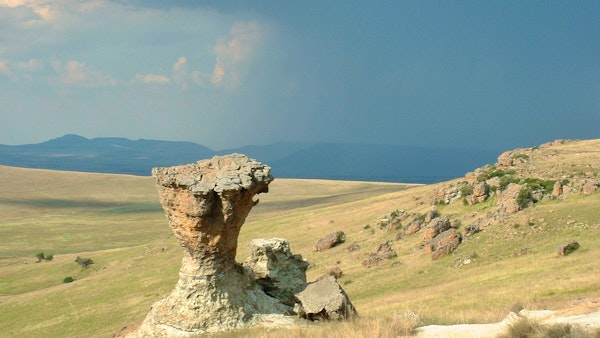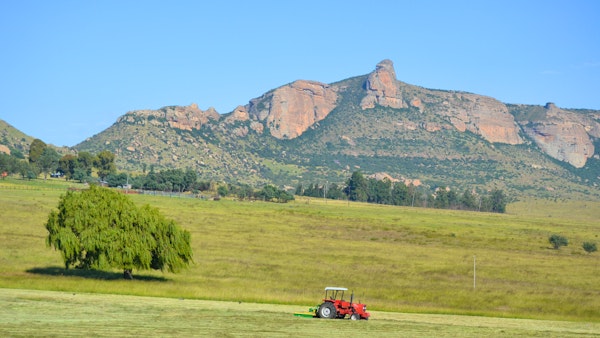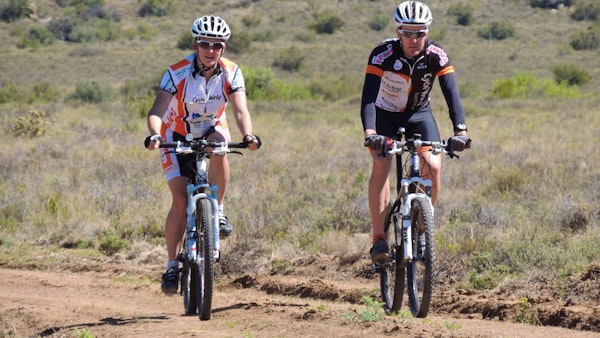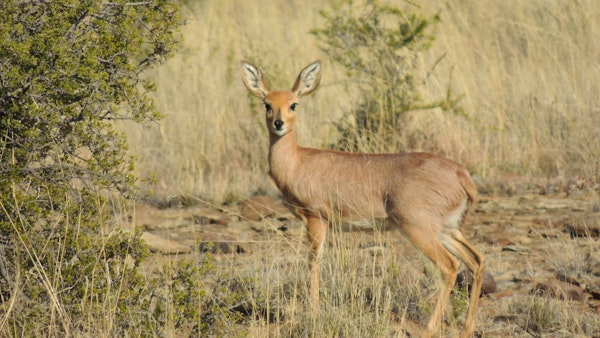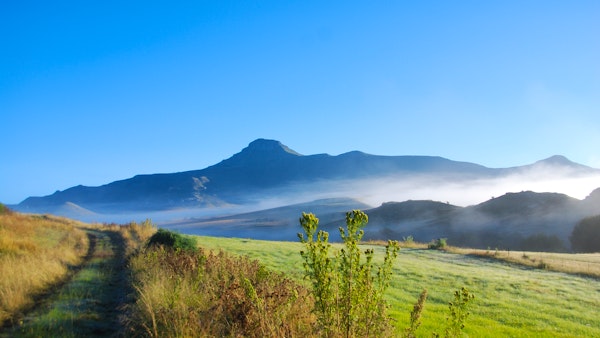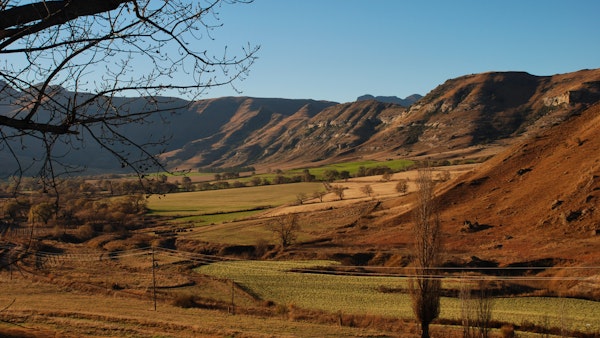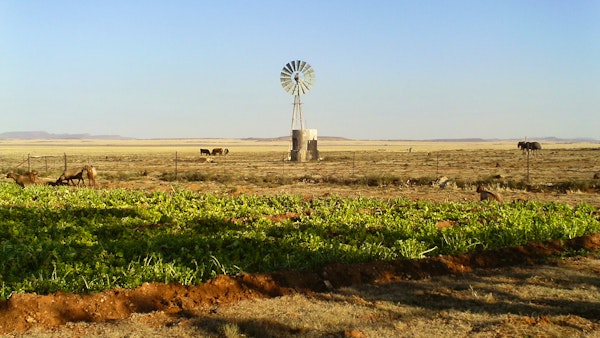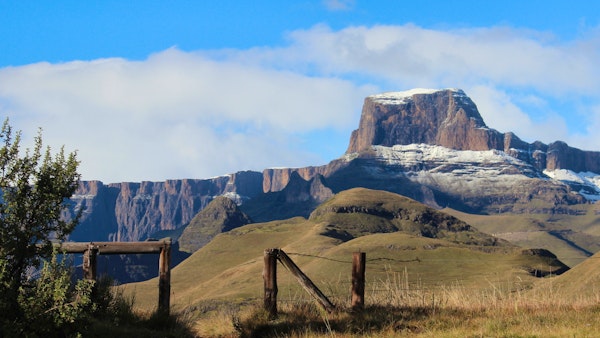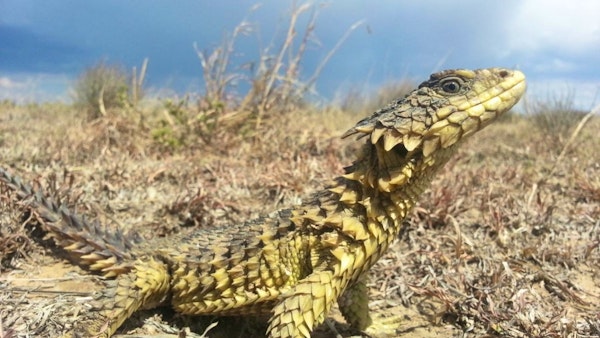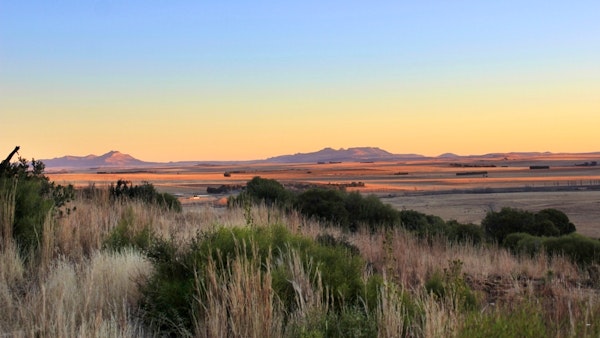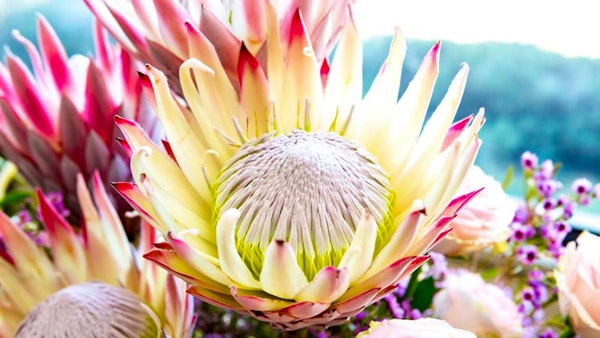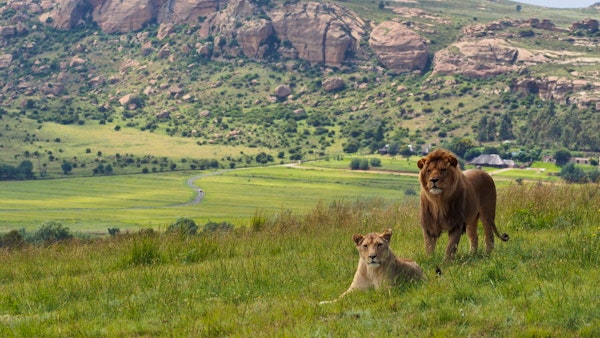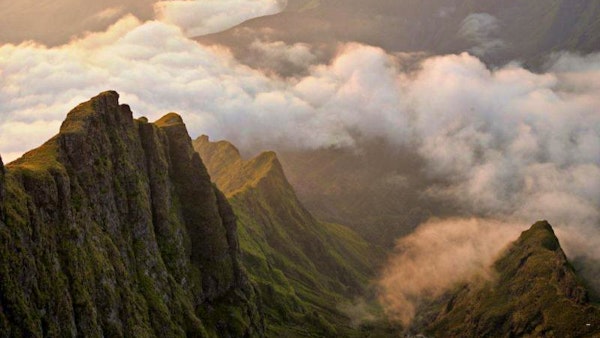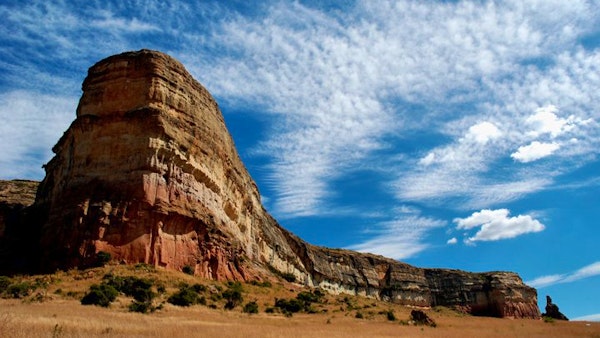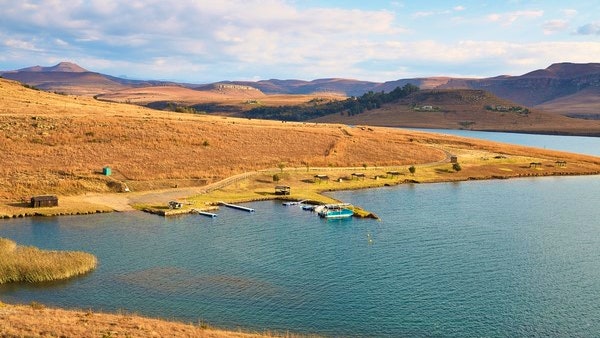Free State
Description
The Free State province, originally the Orange Free State, is the only province in the new South Africa that did not undergo border changes in 1994. It is situated on flat, boundless plains in the heart of South Africa with a rich, solid and pleasant climate allowing a thriving agricultural industry. In fact, the Free State is known as 'South Africa's breakfast' because of more than 30,000 farms which produce over 70% of the country's grain. Sesotho is the dominant home language in most of the province, while Afrikaans is spoken in the south-west and in many major towns, such as the capital city of Bloemfontein. IsiZulu is a major language in the east, and Setswana in the west.
The Free State experiences a continental climate, characterised by warm to hot summers and cool to cold winters. Areas in the east experience frequent snowfalls, especially on the higher ranges, whilst the west can be extremely hot in summer. Almost all precipitation falls in the summer months as brief afternoon thunderstorms, with precipitation decreasing to the west. Areas in the east around Harrismith, Bethlehem and Ficksburg are all well watered, and the capital city, Bloemfontein, experiences hot, moist summers and cold, dry winters frequented by severe frost.
A wonderful, natural attraction in the region is the Soetdoring Nature Reserve near Bloemfontein, where visitors can see the African wildcat, black wildebeest, zebra, eland, white rhino and wild dog. The grassy plains in the south of the reserve provide ideal conditions for large herds of plain game such as black wildebeest and springbok. The northern section is home to kudu, red hartebeest, white rhino and buffalo.
The Free State lies in the heart of the Karoo Sequence of rocks containing shale, mudstone, and sandstone capped by Drakensberg Basalt. In the east, this terrain is raised to over 2000m by the The Drakensberg and Maluti Mountain's foothills.
Mineral deposits are plentiful in the north and west of the province, with gold and diamonds being of particular importance. In fact, the Free State represents 20% of the world's total gold production. It follows then that mining is the province's major employer with 12 gold mines, producing 30% of South Africa's output. Gold mines in the Free State also supply a portion of the silver produced in the country, while considerable concentrations of uranium are also extracted as a by-product. Bituminous coal is also mined and converted to petrochemicals at Sasolburg, and the Free State produces high-quality diamonds from kimberlite pipes and fissures.

